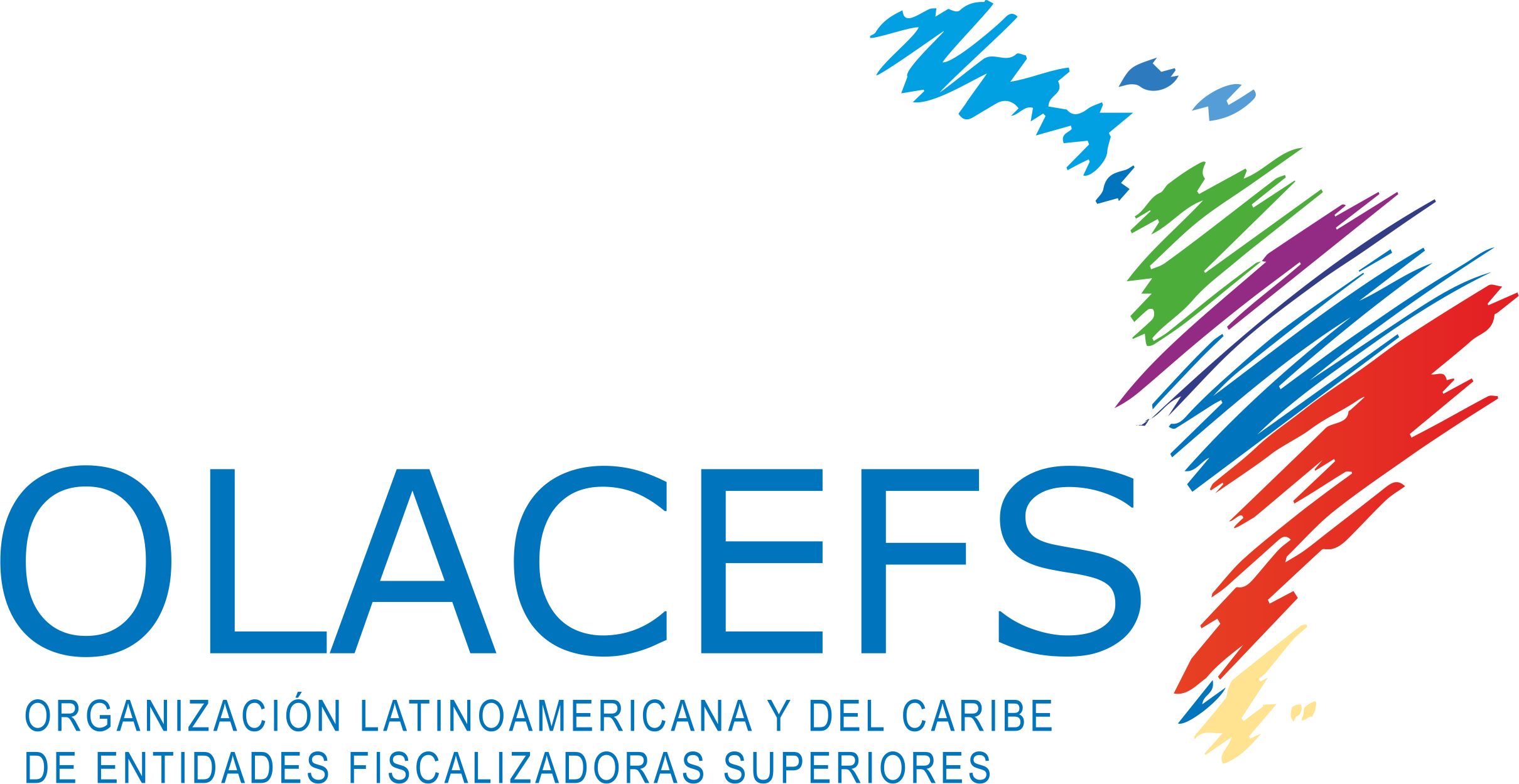4ANGAGAIN.pdf
07th Feb 2022
Extracto
Sharing Lessons Learned on Anti-corruption
From UNDP Global Anti- corruption Initiative
(GAIN)
Presentation By Anga Timilsina, Programme Manager,
UNDP Global Anti -Corruption Initiative (GAIN),
Outline
1. UNDP’s anti -corruption appraoch
2. Highlights of progress and achievements from
the sectoral approach to fighting corruption
3. Where are we failing? What can we do better?
4. Opportunities ahead
2
1. UNDP promotes an integrated and multi-disciplinary
approach to prevent corruption
2. UNDP focuses on both supply and demand side by
promoting a multi-stake holder approach:
Everybody has a stake in the fight against corruption
Collective actions to fight
corruption/strengthening national integrity systems
1.Working with government institutions (UNCAC, access to info,
national AC legislations, national strategies, public sector
reform, coordination among anti -corruption institutions/agencies
(ministry of justice, police, prosecutor’s office, etc.)
2. Strengthening oversight role of communities, civil societies,
media, youth and women’s networks
3. Engaging with ACAs/supreme audit institutions, parliament, etc.
4. Engaging with the private sector
5. Judicial integrity
What is GAIN and Why GAIN?
PACDE (2008-2013) GAIN (2014- 2017)
GAIN’s 4 Broad Areas of Programming
Policy/advisory
services to COs/ programming
countries
Pilot testing;
lessons learned; contribution to knowledge
Global
advocacy,
awareness,
partnership (e.g. post -2015; M &
E)
Capacity
development
GAIN’s Global and Regional Networks
Panama
Regional Centre
New York
BDP HQ/DGG
Istanbul Regional
Centre
Amman Regional
Centre
Singapore and Korea Global Centres /
Bangkok
Regional Centre
Oslo Gov Centre
Suva Pacific
Centre
Regional Centres: GAINs entry point
Addis Regional
Centre
Global, regional and country level synergies
– Support to pilots to integrate tools and methodologies
-Joint scoping missions, assessments, project design
-Support to cap dev of institutions, national strategies
-Policy and advisory support (e.g., UNCAC implementation)
– Popularization and sensitization of anti -corruption
-Support to regional networks and initiatives
-Support to develop regional knowledge products
— Training and capacity development
Global Level
-Global knowledge products and tools
– Global Community of Practice
-Global leadership, advocacy, partnerships and coordination
Regional Level
Country Level (through RSCs/ Programmes)
Advisory support
Lessons learned
2. Highlights of progress and
achievements from the sectoral
approach to fighting corruption
WHY WORK IN SECTORS MATTERS?
1. It is about service delivery to the public and MDGs
acceleration
2. Corruption in sectors such as health, education and water
directly affects the poor
3. The aggregate amount is huge – procurement (across sectors)
accounts for 15- 20% of GDP on average
1. Governments’ willingness (low hanging fruits)
2.
Fighting corruption in sectors gives a human face (if there is
corruption in educational grants underprivileged children are
prevented from going to school)
UNDP Sectoral Approach to Combat Corruption
3
UNDP’s initiatives in sectoral integrity
Examples
1.In Latin America:
Costa Rica: Building transparency and accountability of
Rural Administrative Associations of Aqueducts .
Key Results:
The project has been able to identify corruption risks in
thirty seven (37) ASADAs and to develop their corruption
risks plans. After this, it was upscale to be implemented
by other 35 ASADAS.
See video here http://vimeo.com/82059407
UNDP’s initiatives in sectoral integrity
Examples
In Colombia, Since 2011, UNDP supported the “Tribunal
for patients’ rights” in the city of Cartagena. The Tribunal
is a citizen- driven institution that gathers and analyzes
health -related information provided by citizens and offers
advisory services.
Since its creation the Tribunal has processed more than
1,000 complains and it was recognized as a formal
institutions by the local authorities.
Video:
https://www.youtube.com/watch?feature=player_embedde
d&v=RMcRUGowEQc
Where are we failing? What can we do better?
Major Challenges
1. Sectoral practitioners, procurement and AC
practitioners working in parallel (not quite sure of how
their work impact each other: “Missing middle”
(expertise, methodologies, etc.)
1. Need for capacity development at the local level
2. Need for the tools and methodologies to guide how AC and sectors
interrelate and work together
A few anti-corruption issues for further
consideration
2. Huge gap between the existence of
laws/norms and standards and their
enforcement in many countries
3. Mismatch between macro/national
level initiatives and local/community
level initiatives
Anti-
corruption
MDGs/SDGs
10
4.Improving/measuring results on
anti-corruption; Using TOC;
Strengthening RBM (Indicators –
e.g., measuring by perceptions not
by its impact to service delivery)
5. Prevention is better than cure –
Easier said than done! (Same is
applied with coordination)
6. UNCAC – Linking review
mechanism with governance
reforms
7. Prioritization – Sectoral vs. macro
level interventions
A few anti-corruption issues for further
consideration (contd.)
GAIN’s experience on engaging with supreme audit institutions
1.Many ACAs from developing countries including the SAIs lacks the
basic capacity (hence the UNDP’s practitioners’ Guide)
2. Audit reports are often technical (hard to understand by public) and
thus, SAIs are not effective in communicating corruption risks
3. No effective mechanisms for implementing the recommendations of
audit reports (no follow up on the findings of the reports by parliament
or commissions) (Westminster model vs. Judicial /Napoleonic model)
4. Accessibility and communication of audit reports – Engagement with
civil society and media for creating a pressure for follow up (review of
SAIs in Croatia, Macedonia, Montenegro and Slovenia)
WINDOW OF OPPORTUNITIES AHEAD
Post -2015 Development Agenda poses a huge
opportunity to advance the AC agenda
Goal 16. Promote peaceful and inclusive
societies for sustainable development, provide
access to justice for all and build effective,
accountable and inclusive institutions at all
levels
16.4 By 2030 significantly reduce illicit financial
and arms flows, strengthen recovery and
return of stolen assets, and combat all forms
of organised crime.
16.5 Substantially reduce corruption and bribery
in all its forms.
16.6 16.6 Develop effective, accountable and
transparent institutions at all levels.
UNCAC review mechanisms & Going Beyond the Minimum
1.The advent of UNCAC (171 State
Parties) and towards stronger AC
legislations/institutions; other
mechanisms such as EITI, UPR,
APRM, G7+’s Peace and State-
building goals, IPA for LDCs
2. The UNCAC review mechanisms
(second cycle) as a catalyst to
foster inter-institutional
coordination and multi-stakeholder
engagement on the country’s
strategy to prevent corruption. See
Chile’s experience.
Potential areas of collaboration with OLICEFs
1.Training: Capacity development efforts with the
International Organisation of Supreme Audit Institutions
(INTOSAI)
2. Methodologies: Corruption risk assessments in various
sectors (mapping government sectors and highlighting
areas of activity deemed susceptible to corruption and
developing risk mitigation plan)
3. Capacity assessments : exchange of knowledge and
experiences, promotion of standards and guidelines
4. Multi-stakeholder engagement: Experience sharing on
the engagement with parliament, media, civil society, etc.
(e.g., SAIs capacities to regulate Political Party Financing)
Thank you!
www.anti- corruption.org
[email protected]
The future has many names:
For the weak it is unattainable,
For the fearful it is unknown,
For the bold it is opportunity.
–Victor Hugo
Nota: El texto extraído es sólo una aproximación del contenido del documento, puede contener caracteres especiales no legibles.

